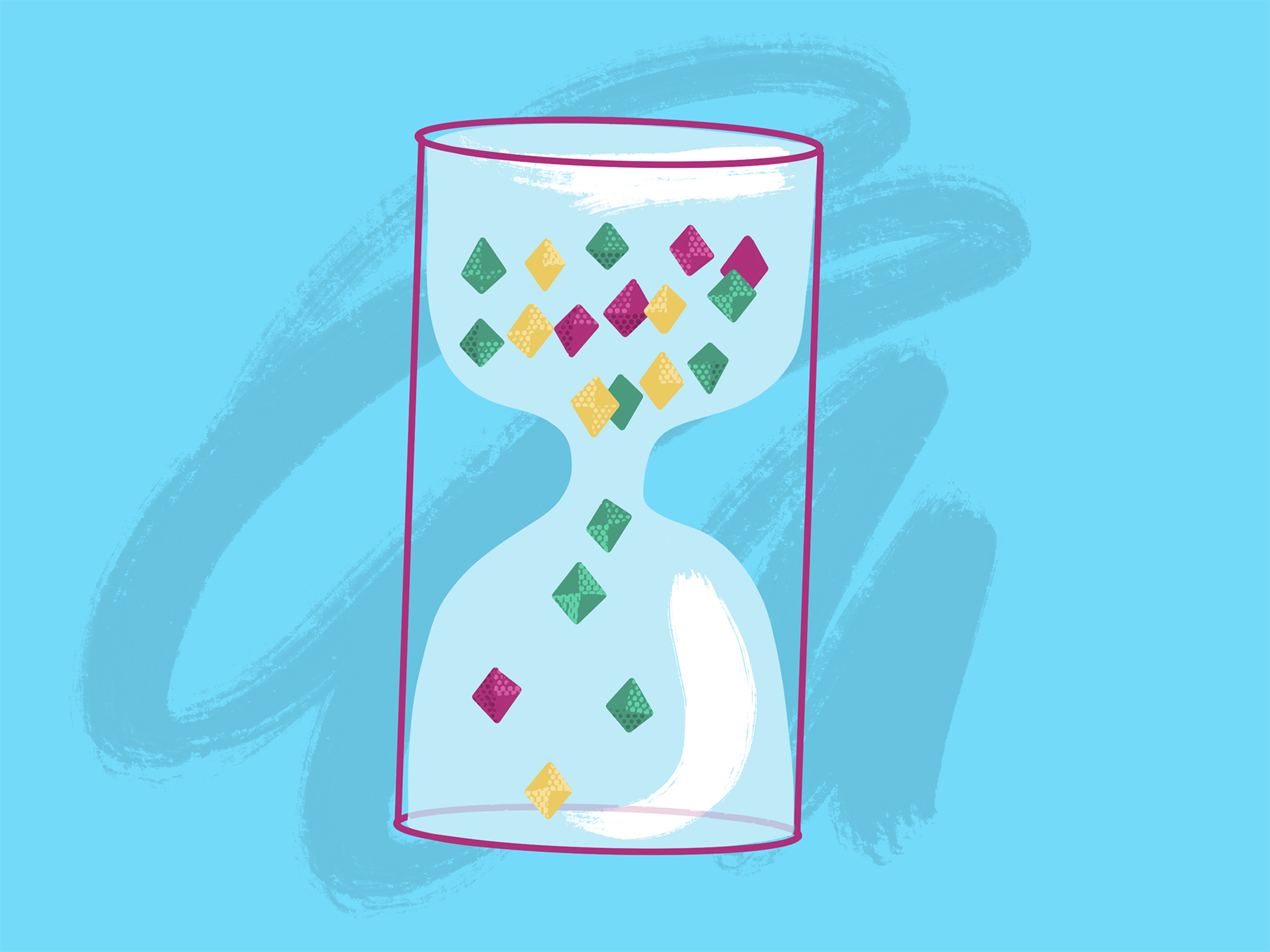A smooth, sleek and intuitive user experience design (UX) is at the top of every digital entrepreneur’s wish list. Beautiful, convenient user interfaces (UI) are critical for growing and monetizing your user base, or for raising funds. But let’s face it: when you’re about to launch a new project or bring a product from idea to reality, you’re likely wondering a few things. Namely: how much is UX/UI design for your product going to cost, and how long is it going to take? Your costs for UX and UI design can range widely, depending on the complexity of the project and who you choose to execute it. You can check out my previous article about the costs of user interface design for more details on that topic. In this article I’ll focus on how long UX design generally takes, and what you can expect when planning for it.
UX design is usually composed of a few stages of work. Here I’ll outline my process for mobile and web app design. (It’s important to note that some professionals do UX design exclusively, and some do only UI. In agencies you will often see two different people assigned these jobs. I myself do both, as I find it is more intuitive and efficient. )
Goal planning & scoping
This first stage includes defining important objectives for the product’s development:
What are the capabilities needed for the product? How will it serve people?
What are the success metrics we want to move?
How simple can we get the development process to be?
The answers to these questions provide the foundation for the work going forward, and help us be creative in the next stage.
Ideation brainstorming & sketching
Here we explore as many ideas as possible and begin to work on the product’s UX flows (wireframes) in a sketchy manner, often with the creation of a customer journey map. This stage may include competitive research or persona creation for larger projects - to make sure that we are meeting the needs of the audience. At this stage I also like to involve the developer or your technical team to brainstorm ideas for how to implement in the most simple way possible (saving you time and money later on down the line).
UI & branding elements design
This is when the look and feel of the app will take shape. I use an unconventional process here, to save you time. Many professionals or agencies choose to have all of the UX finalized (by creating all of the final screen designs in wireframe) before jumping into the UI design. I work on a basic set of UI elements before moving ahead with UX design, as this allows me to shave off a week or two of time from each project. Bonus!
UX flows design
The entire customer journey is created, and all the nitty gritty details of the app are fleshed out; every screen and touchpoint gets some love and attention. This is where the app “comes to life” before your eyes. Micro-animations for elements of the interface such as buttons, and transition animations between screens will be decided on. Attention will also be paid to the often forgotten aspects of an interface that are more important than people think: the admin backend, settings pages, etc.
Prototyping (optional)
Prototypes are clickable designs that simulate the way a user will flow through actions in the app. Testing out a prototype with prospective users before development is a fantastic way to save time and money when building out your app. Building a prototype takes less time than writing code, and changing the details of a design prototype takes far less time than changing code. You can even create a few prototypes to see which one your customers like best, and just develop the one that gets the best response. I highly recommend prototypes for Proof of Concept testing and usability research.
Specifications for development
Lastly, the UX designs will be specced for the programmer. This includes creating notes and instructions for how the app should look and function. The design documentation includes a UI component library, CSS details and UX specifications organized within the design files. I also like to meet with developers a few times to get their feedback on all of the details at this point in the process, to see if things need to be tweaked.
Now that we’ve outlined the process, let’s look at some timelines. In the table below, I’ve outlined some basic project types in order of lesser to greater complexity. Individual projects may vary, but here’s how long you can expect different types of projects to take, in total.
Total time that UX and UI design will take:
(Because I work with UI and UX together, I include them both in these total time estimates.)
UX design of a basic prototype (for a web or mobile application):
2.5 weeks
UX design of a detailed prototype (for a web or mobile application):
3.5 weeks
UX design of a mobile app, including admin panel:
5 weeks
UX design of a responsive web app, including admin panel:
5 weeks
UX design of a web app + mobile native app using the same branding:
6-7 weeks
Now you should be able to plan more effectively for your UX and UI design projects. Still have questions? Drop me a line! I’d be happy to see how to fit your project into your chosen timeline. Sometimes that can require creative planning and coordination, but the results will be worth it.

